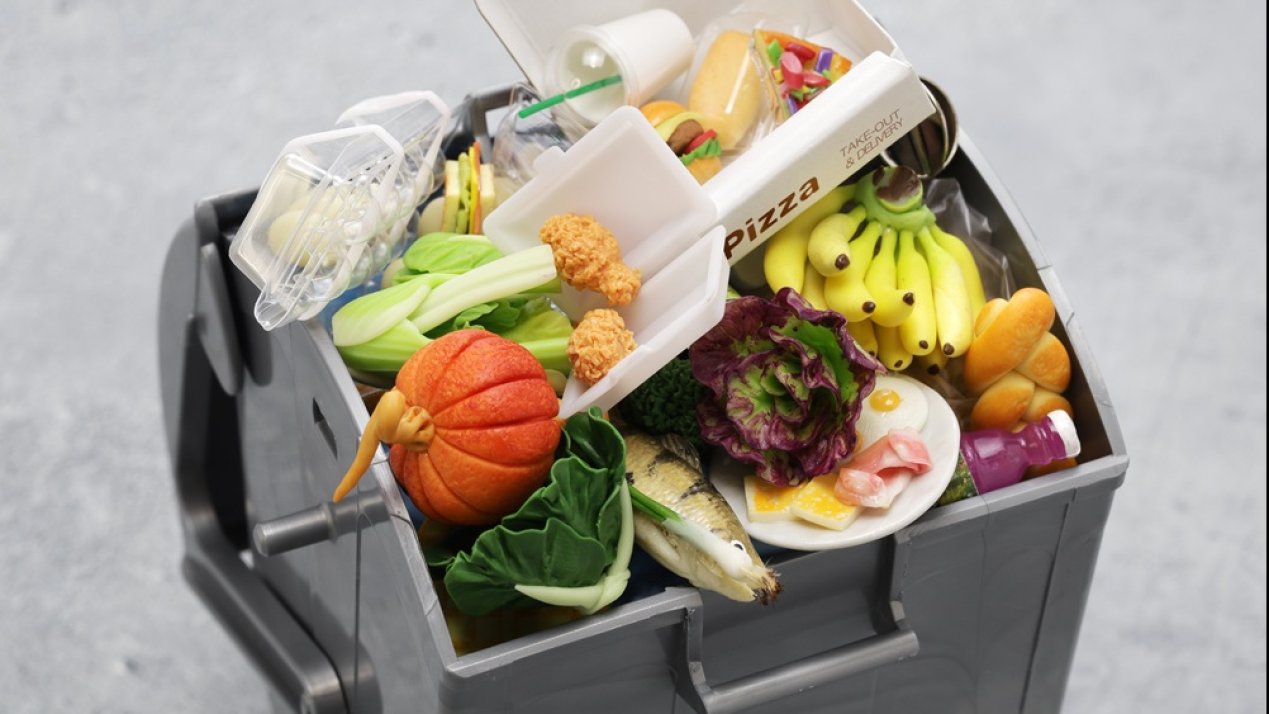Food waste continues to be a pressing issue across Mexico and Latin America, affecting social, economic, and environmental systems. Beyond lost resources, it contributes to hunger, inefficient production, and greenhouse gas emissions.
According to Mexico’s Food Bank Network (BAMX), Mexico has one of the highest per capita food waste levels in Latin America, with approximately 30Mt of food lost annually that are still safe for human consumption. Mariana Jiménez, Director, BAMX, warned that the impact is even more serious in social terms, since in a country where 44 million people face hunger or food insecurity, roughly two truckloads of food are thrown away every minute.
Jiménez noted that this waste also carries a significant economic impact, representing approximately 2.5% of the country’s GDP, or about MX$8.8 billion (US$477.7 million), based on Mexico’s GDP of MX$35.3 billion in 4Q24, according to INEGI figures.
From an environmental perspective, Jiménez pointed out that emissions generated by food waste are equivalent to the pollution produced by 16 million cars. Food production requires energy derived from fossil fuels at every stage, including fertilizer production, planting, harvesting, transport, and storage. Additionally, when discarded, these foods release large amounts of methane, the second most important greenhouse gas after carbon dioxide.
Food waste occurs throughout the supply chain, but the majority happens at the consumer level, within Mexican households. Miguel Ángel Meza, Professor at the School of Gastronomy, Universidad del Claustro de Sor Juana, explained that of every 10kg of food thrown away, six come from homes. “Often food is overcooked or bought in excess during promotions, and when products expire, they end up in the trash,” he explained.
FAO notes that globally, about 13% of food is lost during early stages of the supply chain, and around 19% is wasted in households, restaurants, and retail. Together, this represents billions of meals and contributes 8–10% of global greenhouse gas emissions.
In response, initiatives are being implemented to prevent food loss. In 2024, BAMX, which groups 60 food banks across the country, recovered over 170,000t of food, benefiting more than 2 million people facing food insecurity. The network has also strengthened partnerships with companies, academic institutions, and international organizations, expanding the reach of programs such as Pacto por la Comida (Food Pact), Al Rescate (To the Rescue), and Comer en Familia (Family Meals).
Mexico City’s Central Market (CEDA), the largest wholesale market in Latin America, has developed projects like Centro Itacate, which since 2020 has recovered over 400t of fruits and vegetables, benefiting 1.8 million people through community kitchens and shelters. “CEDA is essential for feeding millions of families in the capital. Every rescued food item provided by vendors is more food on the table for those who need it most. The Itacate program proves that solutions exist,” said Monica Pacheco, General Coordinator of CEDA, during the FAO-organized Cosechar Responsabilidad, Compartir Futuro (Harvest Responsibility, Share Future) forum.
On the International Day of Awareness of Food Loss and Waste on Sept. 29, FAO’s regional office presented a methodology for constructing the Food Loss Index (IPA) to officials from national statistics offices and institutions. The event brought together over 100 participants from 22 countries, providing a space to share national experiences, strategies, and results in measuring food loss, and encouraging countries that have not yet developed methodological strategies to do so.
For FAO, measuring food loss is essential, as generating reliable data allows policymakers to understand the problem, identify the most affected products and supply chains, and guide public policies, investments, and programs aimed at reducing losses and food insecurity. It also helps improve resource efficiency and reduce greenhouse gas emissions.
“Despite being a high-value food exporter, the region faces a problem not of food availability, but of access. Reducing losses and gathering more information from producers and the value chain will help solve this problem. At the same time, we also need to address food waste,” said Máximo Torero, Chief Economist, FAO and Regional Representative for Latin America and the Caribbean.
